Irezine: types, rules of care and methods of reproduction
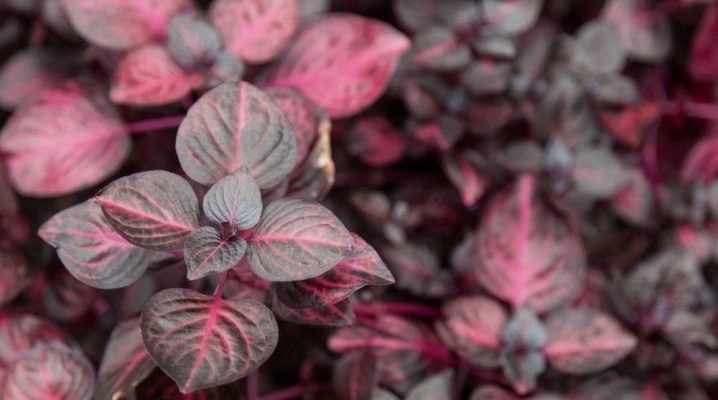
Indoor crops are an important component in the overall design of a room, therefore, plants with high decorative properties are most often grown in apartments, houses or offices. Some indoor irezine species, which stand out for their attractiveness and beautiful leaf color, should be included in the list of such crops.
Peculiarities
Irezine is a genus of plants belonging to the amaranth family, in total there are about eight dozen different crops in it, which can vary in appearance, size, flowering characteristics and other individual characteristics. In its natural environment, irezine grows on several continents and islands, and the culture is also found in America.
The genus includes herbaceous plants, shrubs, and even trees; crops stand out for their branchiness and variety of leaf color. As for the shape, the foliage in crops can be round, in the shape of an ellipse, or lanceolate with an expanded part. Some plants bloom with spike-shaped inflorescences.
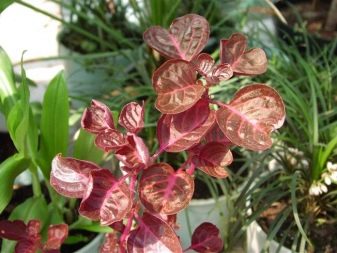
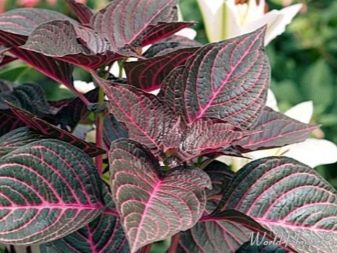
The very shape of shrubs or herbaceous crops depends on the characteristics of the cultivation. If the plant has a lot of free space around it, then most often it turns out to be pyramidal or spindle-shaped.
To increase the decorative qualities of irezine species grown in open ground or indoors, flower growers often artificially achieve a spherical shape of their plant by pinching the crown and side shoots. Growing irezine in the garden has a great advantage due to the low-lying foliage located in the root circle, due to which weeds are not able to germinate there.
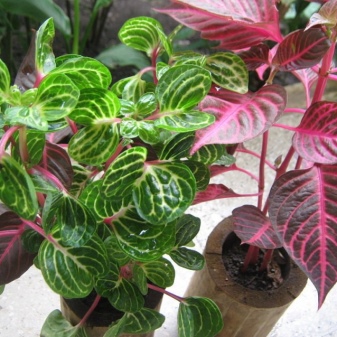
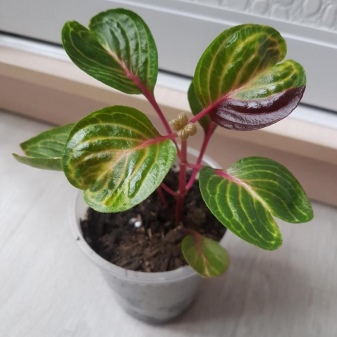
The development and size of the root system depends on the growth characteristics of the aboveground part of the culture.... Flower, shrub and other varieties of culture stand out for their lush green mass. For the most part, the predominant color is purple, and the color scheme affects all above-ground parts of the culture. Foliage in some varieties additionally has a pattern of veins on its surface. Some growers find in him some similarities with a fish skeleton, in the light of the presence of arcuate stripes.

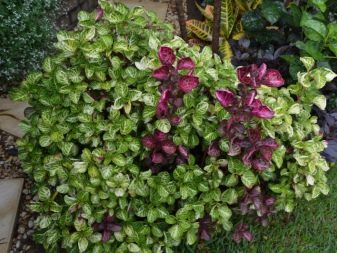
The culture blooms with small flowers that can be purple, white and even yellow. After the plant has faded, fruit pods with seeds remain in place of the inflorescences. In a closed room, irezine can bloom extremely rarely.
Among the external features of the plant, the pubescence of flowers and fruits should also be distinguished, due to which it received such a name, which in translation from Greek means "woolen". Indoor crops are an excellent natural filter for indoor air, and plants additionally saturate it with oxygen.
All types and varieties of irezine are not poisonous, so they can be safely placed on the windowsills of houses and city apartments where there are children and pets.
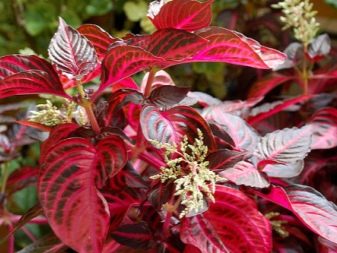
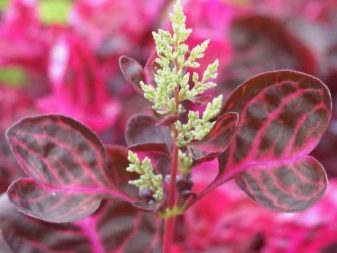
Not so long ago, the crop was mainly grown in personal plots and in greenhouses. but today flowers of this kind are actively cultivated by indoor growers... They create beautiful compositions by combining irezine with other crops or by planting plants in separate pots.
Types and varieties
For home breeding, two types of culture are used:
- irezine Herbst;
- irezine Linden.
The first species is a herbaceous perennial crop that reaches a height of 30–40 centimeters. The leaves of the plant are round in shape, stand out in a juicy purple color with veins.

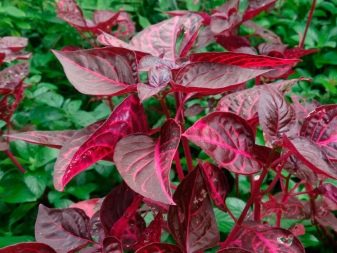
There are the following varieties of Herbst irezine.
- Aureoreticulata - a culture with emerald foliage containing lemon or red veins.
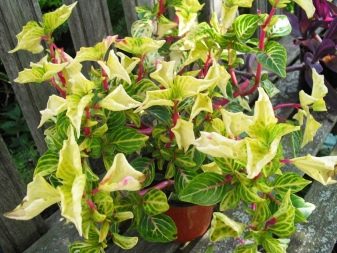
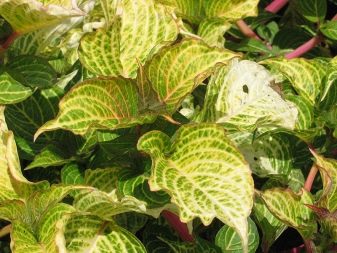
- Briilliantissima - a flower with foliage, which will curl inward at the edges. The color of the culture has a rich purple, while the veins will be in pink tones.

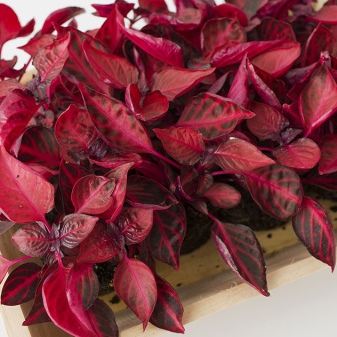
- Purple lady or "Parple lady" - the variety has dark purple leaves, which are able to create a beautiful and lush living carpet.


- Herbstii wallisii - a plant that stands out for its small size and miniature round leaves, painted in brown-red tones.
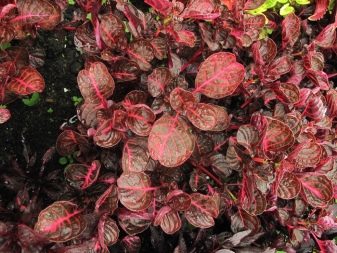
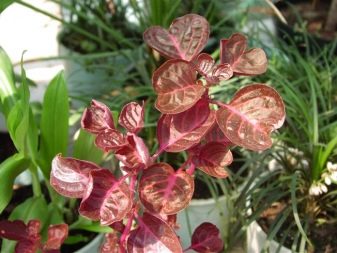
Irezine Linden is also a perennial, as a rule, the height of the herb does not exceed half a meter. The size of the oval leaves is 5–6 centimeters, the color is deep crimson with veins, depending on the variety, the color of the leaves and veins can vary.
When properly shaped, the plant can grow in width, forming a beautiful and bright blanket on the surface where the pot is placed or in the front garden.
Among the varieties of irezine Linden, the most popular should be distinguished:
- Lindenii Emersonii - the plant has a green leaf color with yellow veins on the surface and dark red petioles;
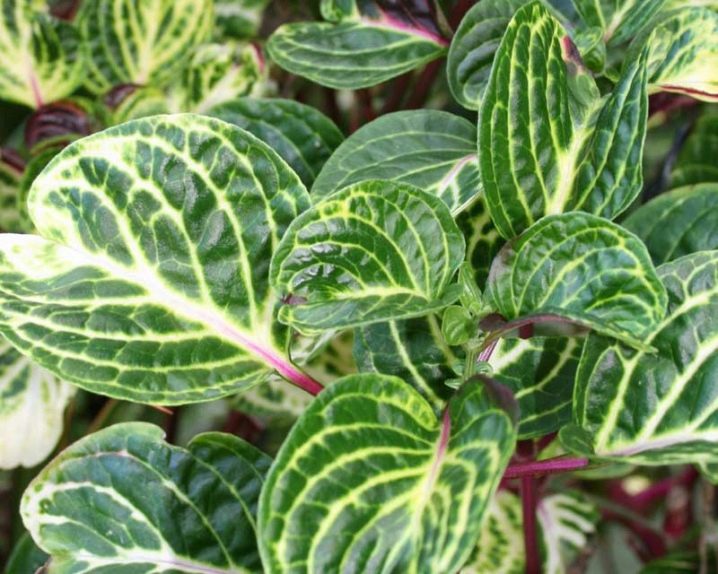
- Formosa - the color of the foliage of this variety can be green-yellow, red or burgundy with contrasting veins.
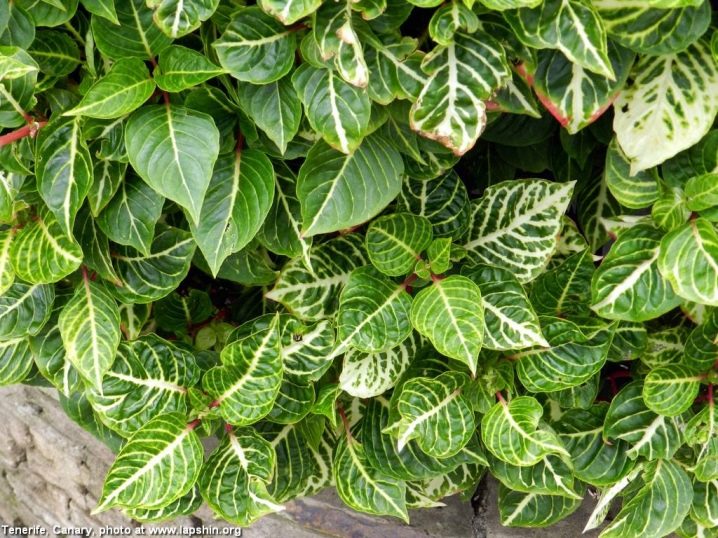
Home care
There are several important rules regarding indoor culture.
Illumination
Irezine is a light-loving plant, therefore, it is recommended to place it on all sides of the house, with the exception of the northern one. On the windowsills from the south in the summer, you need to create partial shade at noon in order to protect the perennial from direct sunlight, which will provoke burns on the foliage.
For those crops that will be cultivated under artificial lighting - this applies to fluorescent lamps - the duration of daylight hours should be strictly controlled: it should be 14 hours.
Temperature
During the summer months, the room may be from +15 C to +25 C, as for winter, at this time it is not desirable for the thermometer to rise above +20 C, but they were not lower than +12 C. Lowering the temperature to a critical point can provoke decay of the rhizome, as well as the complete fall of the green mass.
At high temperatures, foliage will lose its turgor.
Watering
It is necessary to moisten the culture with settled water with a minimum content of chlorine and salts. For some varieties, tap water is not suitable, so growers are advised to replace it with rainwater. Throughout the year, except winter, watering should be carried out as the topsoil in the pot dries. As for winter, at this time, moisture should not be so abundant and frequent, however, drying out of the substrate should be avoided. Excess moisture will negatively affect the plant, so you do not need to pour a lot of water into the pot.
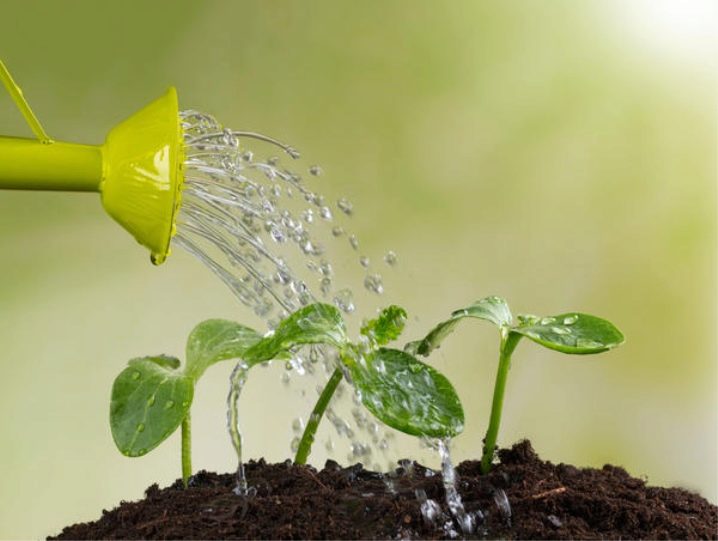
Air humidity
There is no need to specially increase the humidity in the apartment or house. But in the summer heat or during the operation of centralized heating, it is recommended to spray the plant with a spray bottle.
Top dressing
Fertilizing irezine at home should be from spring to the arrival of autumn. Typically, fertilizing is administered every week. For a plant, it is worth using organic matter or mineral compositions. In winter, you can fertilize crops once a month, however, the rate that was used in the summer should be halved.
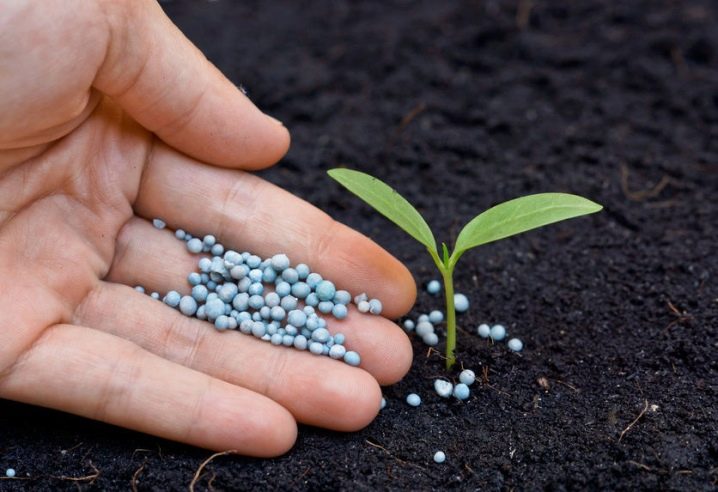
Pruning
The essence of the process is to pinch the upper shoots of the culture so that the flower becomes more lush. This is best done in winter, in this way it will be possible to stimulate the plant to active spring growth.
Transfer
Perennials are recommended to be replanted every two to three years. For the planned rooting of irezine in a new pot, a new nutrient soil should be prepared. The composition of peat, turf and deciduous land, mixed with sand, will be optimal for the plant. There must be drainage at the bottom of the pot. For these purposes, you can use expanded clay or broken brick.
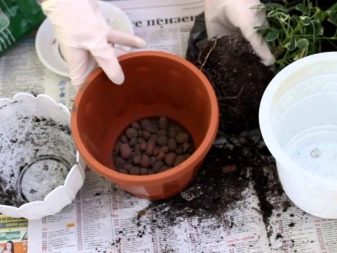
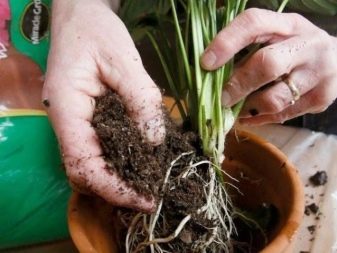
Reproduction methods
There are two ways to get a new culture at home:
- seeds;
- by cuttings.
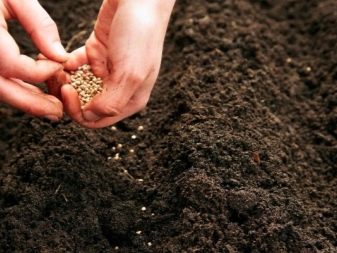
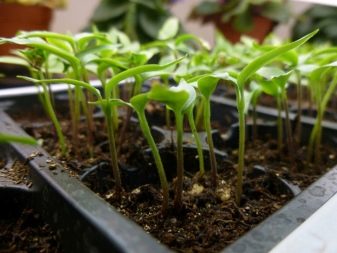
To get a new culture from a cutting, you need to separate the germination material from the top at the beginning of spring, the length of which will be about 10 centimeters. The resulting shoots should be rooted in a container with sand, growing them at an air temperature of at least +20 C. As a rule, after one and a half to two weeks, they will begin to form a root system. Fortified crops can be transplanted into a separate container, forming a decorative culture.
The seeds are usually purchased from stores. They are sown in a container with sand and peat, deepening by no more than one centimeter. The container with the germination material must be covered with glass or polyethylene, growing the seeds at a temperature not lower than +22 C.
To prevent condensation from accumulating on the walls, it is recommended to regularly ventilate the mini-greenhouse, as well as water the seeds.
When the first shoots appear, the covering material should be removed, and the seedlings should be placed in a bright place so that they grow actively. It is possible to transplant young perennials into pots with soil only after they have three or four leaves. Further care involves the creation of similar conditions for young plants in which adult irezines grow.
Diseases and pests
A perennial at home can suffer from attacks of the following pests:
- spider mite;
- aphid;
- whitefly;
- mealybug.
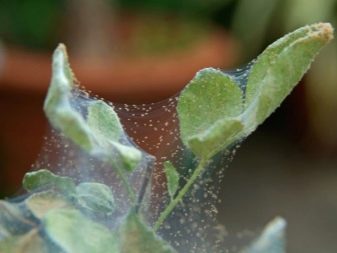

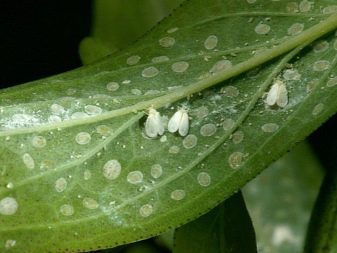
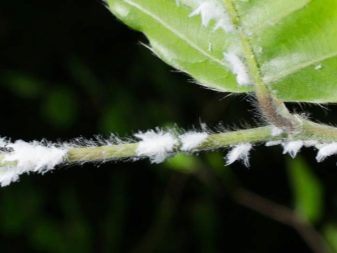
To destroy these dangerous insects, the grower should process the culture soapy water under a warm shower. This will help remove pests from the plant. Large individuals can be removed from the leaves with a cotton swab, withsoaked in alcohol solution.
Aphids and spider mites leave a white cobweb on the green mass, which will become the main sign of the presence of dangerous insects on the culture. With the repeated detection of individuals, as well as signs of damage to the culture, it would be more correct to conduct processing with store-bought insecticidal compositions.

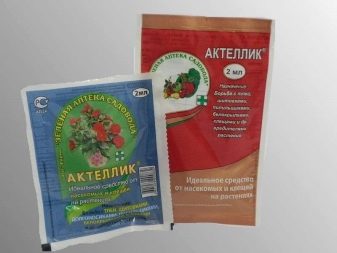
The greatest danger to irezine is the whitefly, since a large number of small flies appear near the plant, moving to different places.
It will be possible to destroy the pest by repeatedly spraying the culture with specialized store preparations.
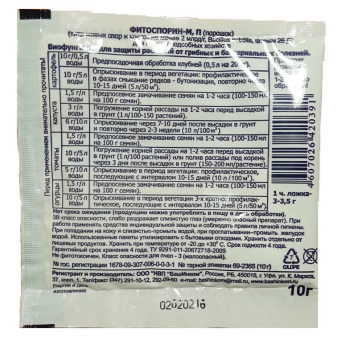
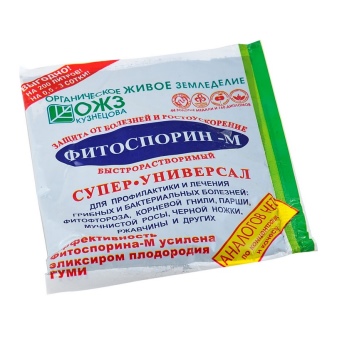
Irezine stands out for its good immunity to the main diseases of indoor crops. However, the root system of the plant is very sensitive to excess moisture, in light of which it can begin to rot. The fact that the rhizome has some problems, the culture will signal the grower with a deterioration in the appearance of the aerial part, and this can also be noticed during a planned transplant of a perennial.
For the treatment of root rot, it is recommended to change the flower pot along with the substrate; before replanting a diseased plant, all affected parts should be removed, after which, the roots should be treated with Fitosporin or another preparation with a similar composition.
For information on how to properly care for irezina, see the next video.























The comment was sent successfully.